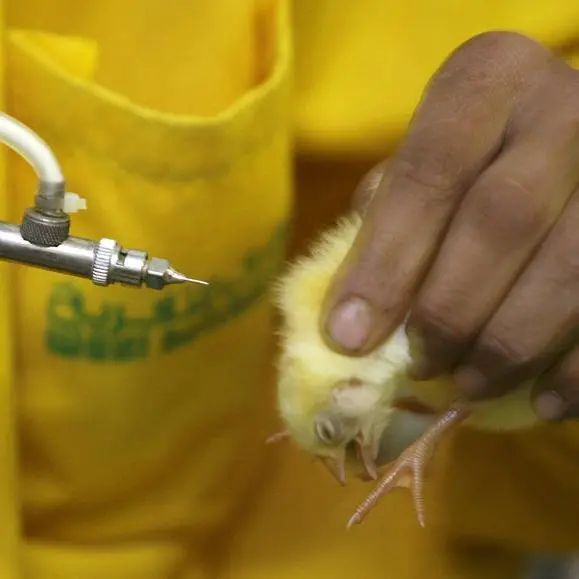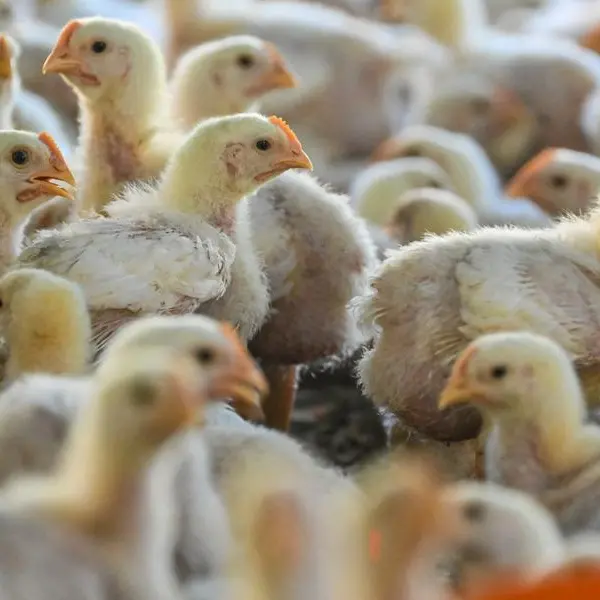PHOTO
For those that celebrate Halloween, it is a time to embrace jump scares, spooky stories, and creative costumes. However, it’s important for parents to remember that it is also that time of the year when children have easy access to a lot of sugary treats. This can get a bit complicated if your child has diabetes or elevated blood sugar levels, according to medical experts.
The physicians from Imperial College London Diabetes Centre physicians, Dr Sherif El-Refee, Clinical Lead of Paediatric Services and Consultant Paediatrician in Endocrinology and Diabetes and Dr Amani Osman, Consultant Paediatric Diabetologist have given some tips to families on how to treat diabetes during these days.
Both physicians argue that it is possible to have a fun, festive Halloween, while keeping sugar levels in control.
1. Don’t get tricked while treating
A big part of managing diabetes is maintaining stable blood sugar levels. While consuming sugary treats once in a while can be perfectly fine, over consumption can destabilise your blood sugar levels.
“Finding a good balance to control overconsumption is the key. It’s always best to feed your children some complex carbohydrates like fruits or whole grain snacks before going trick-or-treating,” said Dr El-Refee.
“This way, there will be less of an urge to consume the treats in one go, or when walking from door-to-door. Accompany toddlers while they are trick-or-treating to help avoid overconsumption. If you have a teenager or a slightly older child, have a direct conversation with them on why they need to monitor their own consumption levels.”
2. Involve children in managing their own health
Making your child feel included and part of any celebration is important, and there are a few tips that parents can use to help manage excitement levels, particularly around festivities such as Halloween.
“Teenagers with diabetes usually tend to be conscious of managing their health and consuming sugar in moderation. However, during events such as Halloween, it can be difficult not to get carried away in the festivities and rituals that other children participate in,” said Dr El-Refee.
“Having an honest chat with them and setting expectations early is a great way to remind them to be conscious of certain boundaries and limitations. Checking their blood glucose levels before and after events is also a good way to monitor and anticipate any red flags that may pop up after the festivities are over.”
3. One is better than none
Moderation is very important when it comes to managing diabetes. Even one piece of candy can be enough to increase blood sugar levels. However, it is important not to frighten your children, but help them understand the virtue of moderation.
“Children are of course welcome to have candy and chocolate during Halloween. However, it’s important to understand how much of their night’s bounty is being consumed at a given time,” says Dr Amani.
“When your child returns home, make sure you sit with them to run through the treats that they have collected. Get excited about their wins, so they feel happy and then lead into a conversation about rationing their candy consumption. It could become a game, where they earn a treat when they finish their homework or clean their room.”
“Store the candy in a safe place so that you can see how much is being consumed, but also take this as an opportunity to teach your child about taking responsibility towards their own health.”
4. Find yummy alternatives to sugar-filled candies
“If you are celebrating Halloween at home, think about alternatives to candy,” says Dr. Amani.
“Treats can come in any shape or form. You can consider a mix of dried fruits as a healthier alternative to a chocolate bar. Baked apples or rice cakes are also good options to consider as well.”
“You can also substitute candies with party favours such as bubble wands, mini puzzles, glow sticks or stickers. Get creative and decorate these treats in festive colours to add that Halloween vibe to them,” said Dr Amani.
5. Encourage trading candy for other joys
“If you have children with diabetes, have them trade pieces of candy for something else that they like. It could be a movie ticket, trip to the zoo, new toy, or a visit to a theme park,” said Dr Sherif adding that this way, it’s a win-win situation for everyone.
Remember, the most important aspect of Halloween is to allow children to have fun, in a safe and responsible manner. Find collective and innovative ways to spend some quality time together without worrying about the sweets or diabetes in general.
Copyright © 2022 Khaleej Times. All Rights Reserved. Provided by SyndiGate Media Inc. (Syndigate.info).












